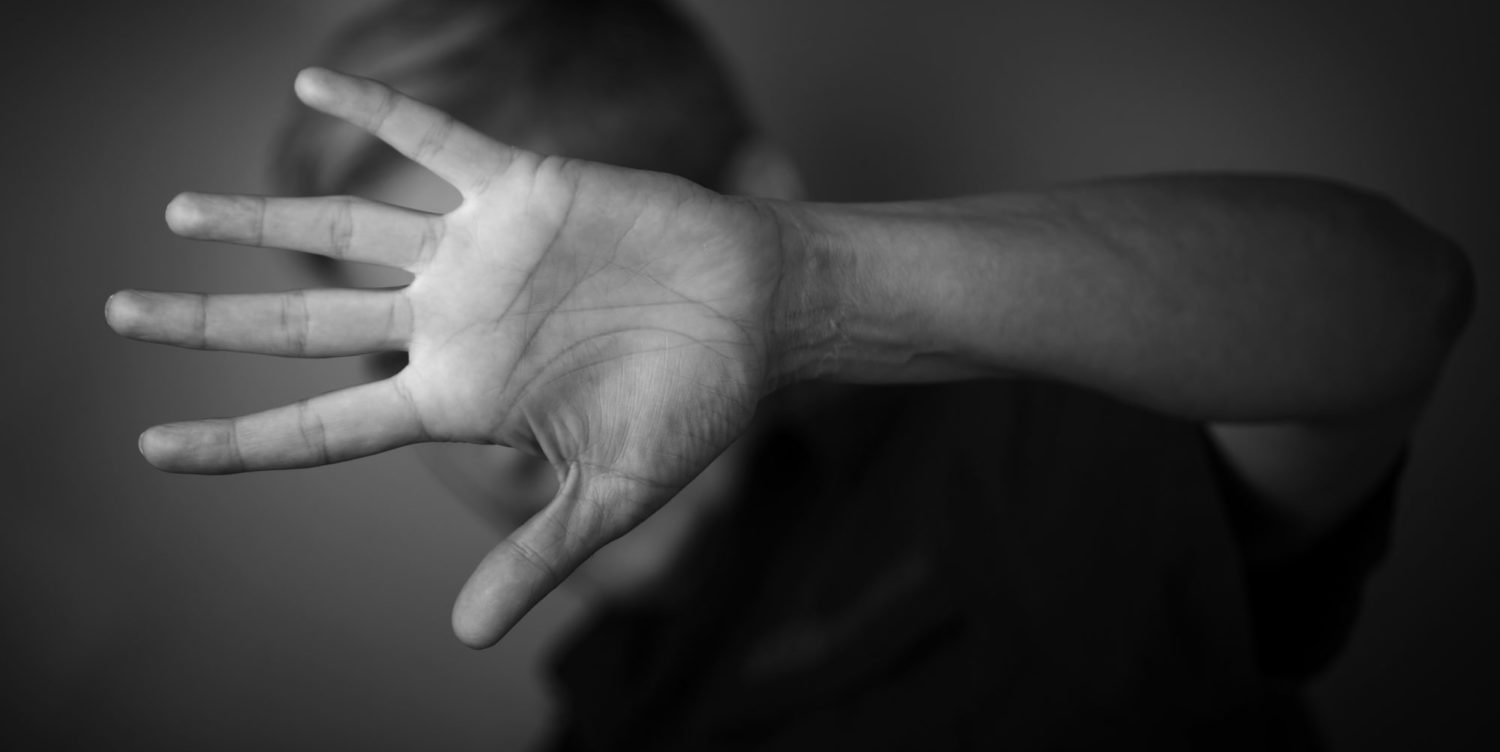

The last few months have been particularly difficult for people living in a violent relationship.
But a few glimmers of hope are finally emerging from the coronavirus nightmare.
“For a lot of people, the shutdown has been an extreme situation with a lot of stress. Those of us who work with people on anger management have felt really concerned about what might be going on within the four walls of their homes,” says Merete Berg Nesset.
For many years Nesset has worked on treating angry people who beat, yell and threaten. Now she is on the flip side, working on a doctorate at the Norwegian University of Science and Technology on the same topic.
COVID-19 has taken a toll. People have lost their jobs. No one is quite sure what will happen with the economy. Many people are feeling uncertain about the future.
“We know that financial difficulties, unemployment and psychological challenges are linked to aggression and violence. The level of stress clearly increases further when parents also become responsible for teaching their children at home. Situations that are already difficult have escalated for a lot of people who have conflicts from before or a prior mental health problem, because there are fewer opportunities to get away,” says Nesset.
But there is hope.
Nesset has just published a study showing that treatment can work very well. What she did was to divide 125 men who applied for help with anger management into two groups.
One group received cognitive-behavioural group therapy using what is called the Brøset model.
The other group participated in a stress management course based on mindfulness. Partners in both groups participated through several surveys conducted before, during and after treatment.
The results following treatment were equally good for both groups:
Prior to treatment, 60 per cent of the men had committed sexual violence against their relationship partners. That is, they demanded sex or threatened sex with a partner. Almost no one reported such violent episodes after treatment.
Prior to treatment, 85 per cent of the men reported physical violence. A large percentage had committed violence that resulted in harm to their partner. After treatment, this percentage dropped to ten per cent.
Prior to treatment, 87 per cent of participants reported psychological or emotional violence, such as threats and derogatory comments. This number declined by 25 per cent but was not as dramatic a drop as for the other types of violence. Nesset says it takes a long time to experience feeling safe.
“There was a high level of both sexual and physical violence before treatment began. It was more than we’d imagined beforehand. When we checked what the partners experienced, we got a slightly different picture of what was actually going on. We know that a lot of angry men hit their partners, but we were surprised that so many committed sexual assaults. At this point the agreement between the husband and partner was low – that is, the partner reported more cases than the man did,” says Nesset.
The backdrop for the study was to check whether treating mood disorders using the Brøset model has an effect. In a lot of studies, the control group receives a placebo, or no treatment.
“Unfortunately, about 25 per cent of all killings in Norway are partner killings. Because domestic violence is a public health problem with major health consequences for those exposed to the violence, we found it unethical not to offer treatment. So what we studied was the effectiveness of two types of treatment. Both worked,” says Nesset.
One treatment involved eight group sessions in a type of mindfulness training called MBSR, which stands for mindfulness-based stress management. The course was led by psychologist Nina Flor Thunold who at that time worked at St. Olavs Hospital, Østmarka division, in a district east of Trondheim.
The course was not designed specifically for anger management but for illness in general, and the content was defined in advance – regardless of why any individual was in the course.
The second treatment involved 15 sessions of cognitive-behavioural group therapy. The program was developed at St. Olavs Hospital and is called the Brøset model. The therapy has different stages, with the first phase being to stop the violence. According to Nesset, you can do that without understanding why you become violent.
After this phase you explore patterns of violence and map the situations that trigger violence for you, what thoughts and feelings arise and what actions repeat themselves.
“Some people who are violent are offended easily. During treatment, participants find out what makes them feel offended, what thoughts and feelings they should pay particular attention to, and we create action plans for how the they can handle negative emotions without using violence. A lot of the treatment is about understanding yourself,” says Nesset.
She says the decline in violence was greater than she had anticipated.
“I didn’t expect the decline to be so big. It’s really promising that the treatment works,” says Nesset.
To clarify: In the past, smaller studies have been conducted of people who were on a waiting list for treatment and comparing them with people already receiving treatment. Those who received treatment experienced a greater reduction in violence than those on the waiting list.
Treatment that uses the Brøset model is offered throughout Norway. Each year, about 400 men get help to become a better version of themselves. Those who need help will receive individual support until a group course is available.

